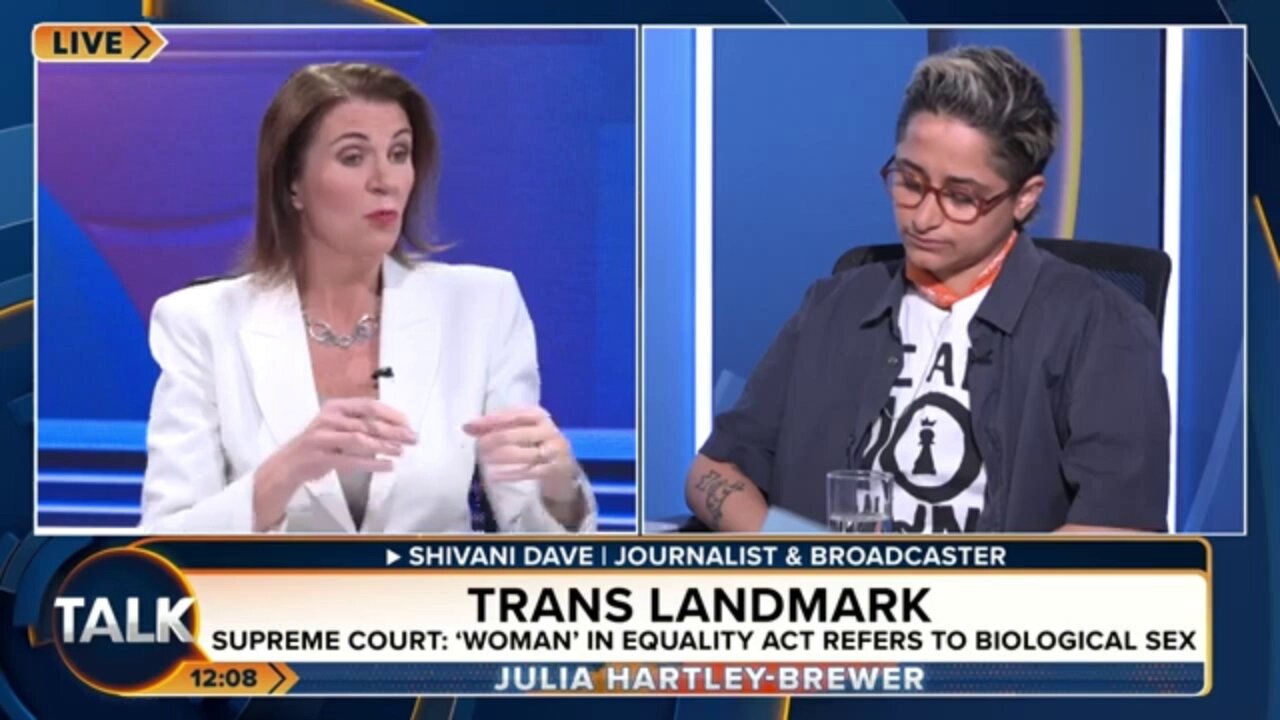So, you’re thinking about snagging a new pad or maybe investing in some property? That’s awesome! But before you dive in, let’s talk about the moolah—specifically, how you’re going to finance this venture. The big question is: Do you prioritize speed or cost? Let’s break it down.
The Quick And Dirty: Bridging Loans
Imagine this: You’ve found your dream home, but your current place hasn’t sold yet. Enter the bridging loan—a short-term loan designed to “bridge” the gap between buying a new property and selling your old one. It’s like a financial Band-Aid.
Pros:
Speed: Bridging loans are typically processed faster than traditional mortgages, allowing you to act quickly in competitive markets.
Flexibility: They can be used for various purposes, like purchasing at auctions or renovating a property before selling.
Cons:
Cost: These loans often come with higher interest rates and fees.
Risk: If your current property doesn’t sell as quickly as expected, you could be on the hook for two loans longer than planned.
The Slow and Steady: Traditional Mortgages
This is the route most folks take. You borrow a chunk of change from a bank or lender and pay it back over a couple of decades.
Pros:
Lower Interest Rates: Generally more affordable over the long haul.
Predictability: Fixed monthly payments make budgeting easier.
Cons:
Time-Consuming: The approval process can be lengthy, which might be a buzzkill if you’re in a hurry.
Strict Requirements: Banks can be picky—good credit scores, proof of income, and a decent down payment are usually a must.
The In-Betweeners: Alternative Financing Options
Maybe you’re not vibing with the traditional routes. No worries, there are other ways to get those keys in your hand.
- In-House Financing
Some developers offer to finance the purchase themselves.
Pros:
Easier Approval: Great if your credit isn’t stellar.
Faster Process: Less red tape means you can move in sooner.
Cons:
Higher Interest Rates: Convenience comes at a cost.
Shorter Terms: You might have to pay it off quicker than with a traditional mortgage.
-
Pag-IBIG Housing Loans (For Our Filipino Friends)
If you’re in the Philippines, the Pag-IBIG Fund offers housing loans to its members.
Pros:
Lower Interest Rates: Especially compared to private lenders.
Longer Repayment Terms: Up to 30 years, making monthly payments more manageable.
Cons:
Membership Required: You need to be a contributing member.
Processing Time: Government processes can be a bit slow.
Making the Call: What’s Right for You?
It boils down to your personal situation. Ask yourself:
How Fast Do I Need the Money? If you’re in a rush, bridging loans or in-house financing might be the ticket.
What’s My Financial Standing? Good credit and stable income? Traditional mortgages could offer better rates.
Am I Okay with Higher Costs for Speed? Sometimes, paying a bit more is worth it to snag that perfect property.
Remember, it’s all about balancing speed and cost. Take a good look at your finances, consider your timeline, and choose the path that feels right for you. Happy house hunting!















